The Málaga University Government Building, a collaborative effort between alcolea+tárrago arquitectos, Roberto Ercilla, and Lecumberri & Cidoncha, stands as a symbol of modern architecture and sustainable design. Situated in the Teatinos campus of Málaga, Spain, the building serves as the administrative hub of the university, housing the presidency and various administrative services.
Integration with Surroundings
Located in the western part of Málaga, the building integrates seamlessly with its surroundings, contributing to the development of a vibrant university campus. It encompasses not only administrative functions but also features an 800-seat Auditorium, a botanical garden, and an outdoor theatre, enhancing the campus’s cultural and educational offerings.
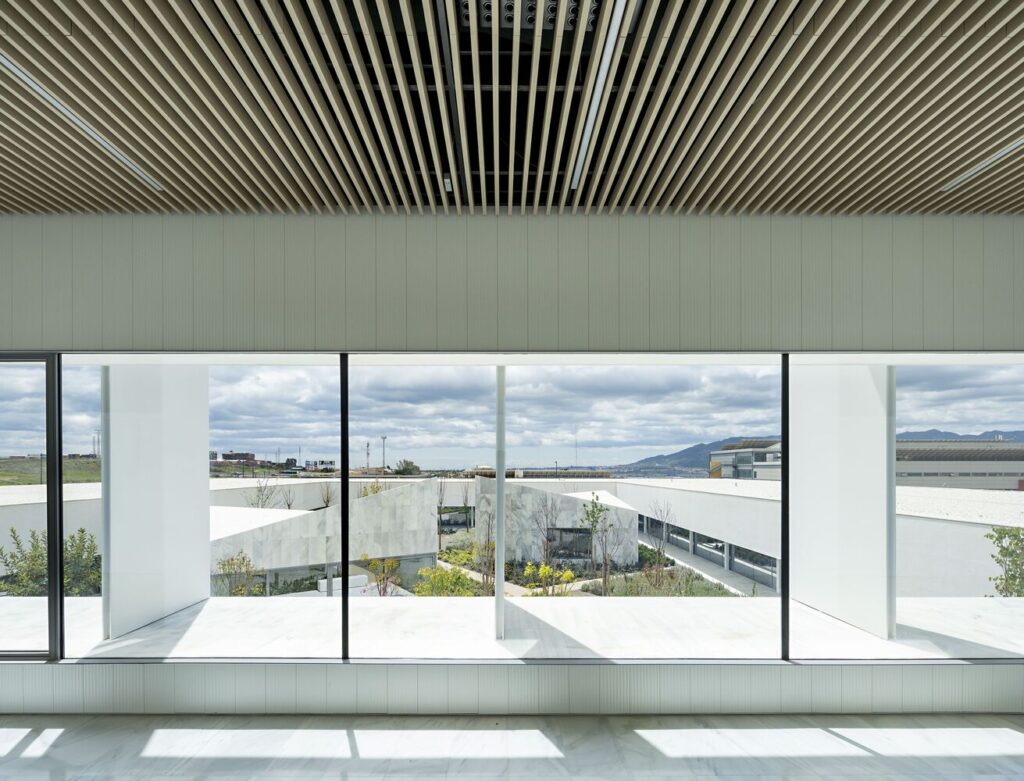
Design Philosophy
The design philosophy revolves around elemental architectural principles, employing local white marble as the primary material to achieve a timeless and abstract expression. The building consists of two volumes strategically positioned within a densely vegetated park, creating a dialogue with the natural surroundings while maintaining a distinct presence.
Innovative Features
The main building is characterized by two extensively vegetated courtyards, providing a semi-private oasis that regulates temperature and humidity. The surrounding perimeter houses secondary spaces, allowing for an open and flexible interior layout with uninterrupted views of the courtyards. Deep perspectives accentuate the horizontality, creating a conducive environment for work and collaboration.
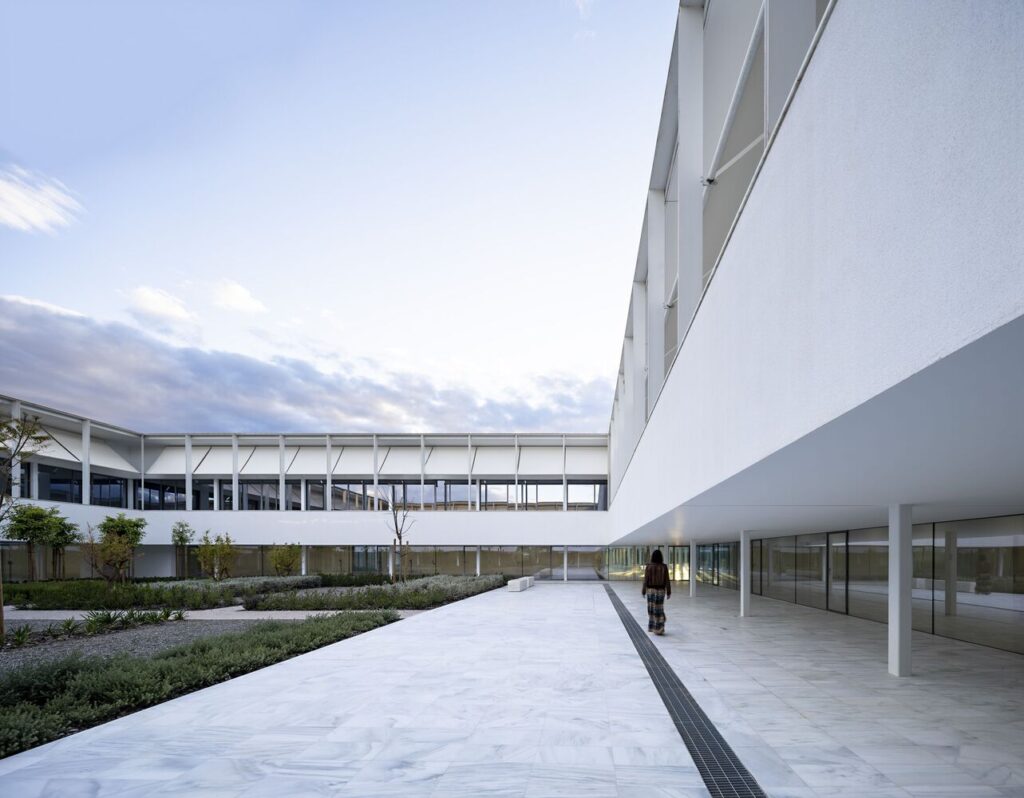
Sustainable Practices
The Auditorium, crafted from wood and strategically embedded into the landscape, minimizes its environmental impact while offering breathtaking views of the surrounding park. A network of paths weaves through the campus, connecting various buildings and guiding visitors through a rich garden of native and Mediterranean species, promoting biodiversity and natural regeneration.
Conclusion
In conclusion, the Málaga University Government Building represents a harmonious blend of architectural innovation and sustainable design principles. By embracing its natural surroundings and incorporating elements of local culture, the building not only serves as a functional administrative center but also fosters a sense of community and connection within the university campus.


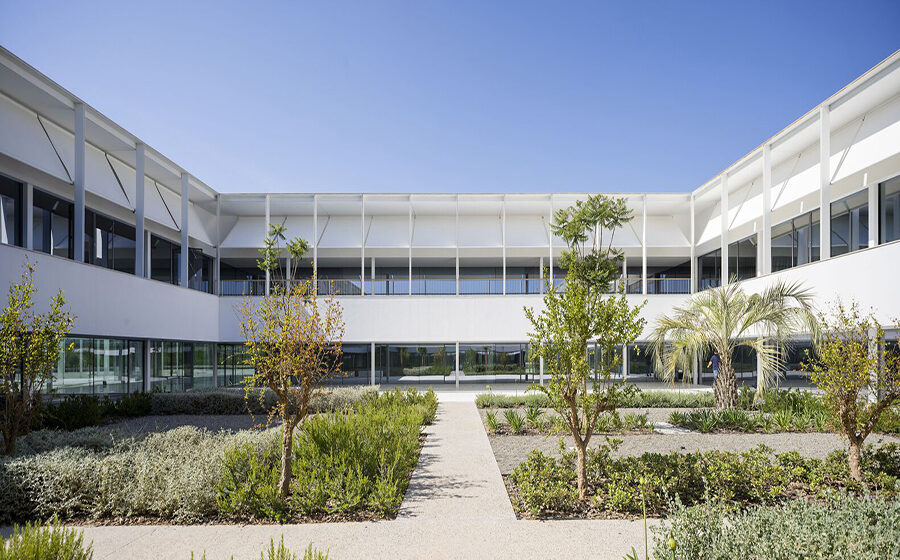
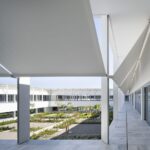
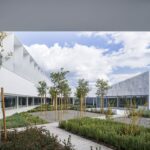
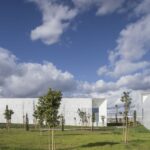
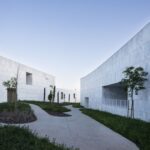

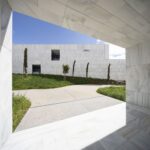

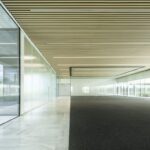
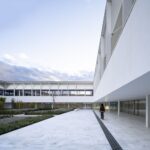
Leave a Reply